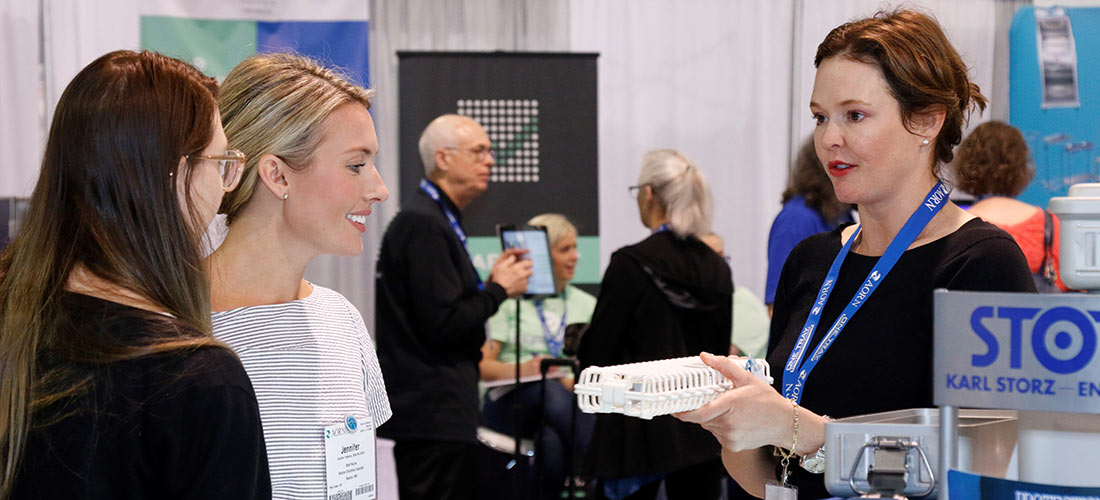3 Ways to Leverage Your Purchasing Power
By: Aorn Staff
Published: 4/6/2022
3 Ways to Leverage Your Purchasing Power

You know what works best and what doesn’t work when it comes to using a surgical product. You also know exactly what’s needed to improve workflow and patient care, even if such a product or device is not on the market, yet.
It’s important that perioperative nurses share their opinions through hospital purchasing committees or when speaking directly to vendors. Below are three ways to help you better leverage your purchasing power.
1. Know the Stakes
Take time to organize your thoughts on a product because knowledge is power. Sharing your input on product evaluation and purchasing can mean the difference between these two scenarios:
- You get to use a product that saves time, protects patients, and likely saves money in the process.
- You have to use a product that causes delays, risks patient safety, and will likely end up collecting dust on the shelf (and wasting money) if you can find a work-around.
This second scenario is a lose-lose-lose for you, your facility, and your patients. Avoid this by sharing your knowledge and practice experience with a product or about the need for a solution by focusing on the product’s value.
2. Hone Your Value Pitch
Speaking in terms of value is a smart approach, because health care purchasing leaders suggest an ideal purchase should consider “value impact” on several fronts.
Research also suggests that nurses are key players in the purchasing conversation precisely because they understand the value of a product from multiple angles, including: Value for optimal outcomes—especially relevant in the shift to value-based care, nurses get this as patient advocates.
Take the difference between a skin prep solution applicator that applies an even amount of solution versus one that releases too much fluid and increases the risk for pooling, which can risk skin integrity and pose a fire risk.
Value for financial outcomes—purchasing decisions can impact financial outcomes in several ways, including the cost for purchase and how the product’s use impacts care delivery revenue. From all angles, finding savings and reducing waste is financially important. Nurses are becoming extremely cost-conscious with products they use in the OR.
Think about the products you use on a daily basis. You can confidently estimate how much or what type of product actually needs to be opened for use. You also know how fast a medical device may wear out or require replacement parts that add additional costs compared to what may have been planned.
Value for staff and patient safety—if a product risks safety, you will be the one to know about it. Maybe a positioning device has a tendency to deflate during a procedure or maybe your team needs a better transport device for safe patient handling.
3. Ask the Right Questions
Once you have a clear sense of value related to a product purchase, draft your talking points by addressing some key questions:
- What is the literature saying about best practices in this area? Check in AORN’s 2018 edition of Guidelines for Perioperative Practice.
- What alternative products are available? Explore a particular product offered by different vendors or, if you will be there, take time to walk the exhibit floor at AORN’s Expo.
- What questions do you have about a product? Ask specific questions about product support for training and repair and the need for purchasing any additional parts or replacements for the product.
AORN has compiled a list of questions nurses can ask vendors in their perioperative settings or on the exhibit floor at AORN’s upcoming Global Surgical Conference & Expo 2018. Download the list and come prepared to leverage your knowledge and voice in the purchasing process.

